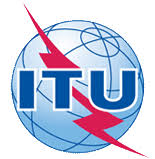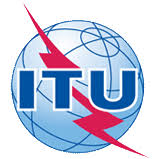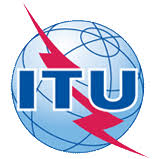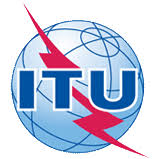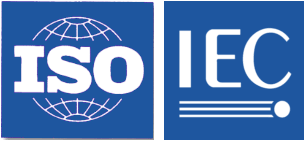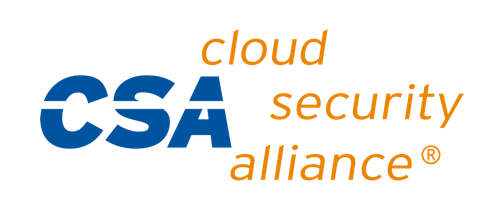Security requirements of Network as a Service (NaaS) in cloud computing
Network as a Service (NaaS) is one of the representative cloud service categories, in which the capability provided to the cloud service customer (CSC) is transport connectivity and related network capabilities. NaaS services can provide any of three cloud capabilities as: NaaS application service, NaaS platform service and NaaS connectivity service. All the three kinds of NaaS service face particular security challenges such as application security vulnerabilities, security risks of network virtualization, eavesdropping, etc. Recommendation ITU-T X.SRNaaS analyses the security challenges and security requirements of NaaS application, NaaS platform and NaaS connectivity. This Recommendation could help NaaS service providers to address on the security issues. The capabilities provided by this Recommendation will take into account the national legal and regulatory obligations in individual Member States in which the NaaS services operate.The methodology of this proposal would follow the recommendations of clause 10 in Recommendation ITU-T X.1601.
